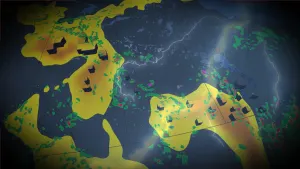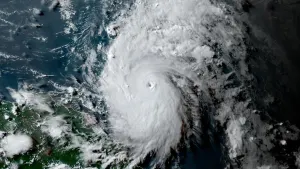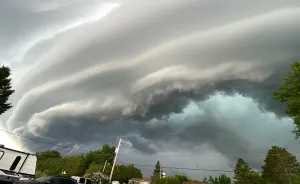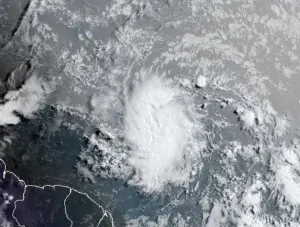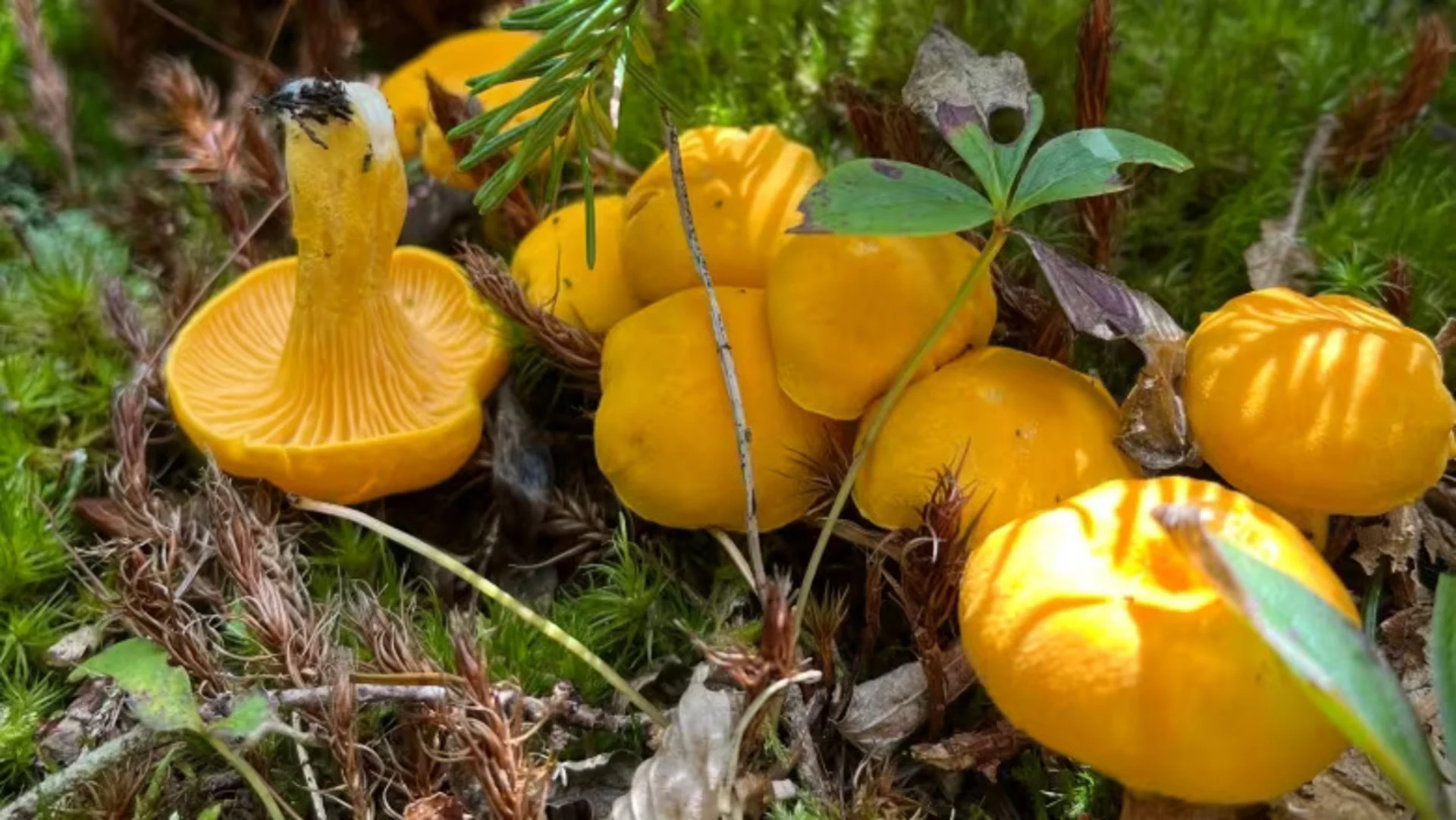
Mushrooms thriving in Nova Scotia's wet summer, say foragers
Mushrooms in Nova Scotia are loving the wet summer, according to foragers and experts.
David Wolpin is based in Halifax and owns Wolpin Enterprises, an agricultural supply business. He has been foraging in Atlantic Canada for over five years.
He said that over the past month or so, he's found that the province's forests are extraordinarily flush with mushrooms, particularly chanterelles.
"There are possibly more chanterelles than I have ever seen," he said.
Greg Thorn, a biology professor at the University of Western Ontario who specializes in fungal ecology, said the abundance is due to the province's wet summer.
Nova Scotia's rainfall exceeded a 30-year average this summer, according to CBC meteorologist Ryan Snoddon.
"Where it's been raining from Ontario to the East Coast, including New Brunswick, Nova Scotia and even Newfoundland, it's been really very wet and … sometimes flooding," Thorn said, "But that is great for the mushroom fungi. And so we're seeing fruitings like we haven't seen in decades."
Mushrooms prefer wet conditions because they are produced by fungi living underground to make spores, Thorn said.
"And in order to make this big fleshy fruiting body that we call a mushroom, they need lots of water. And so they do much better at producing fruiting bodies when we get lots of rain."
The abundance waxes and wanes from year to year.
He said 2020 and 2021 "were excellent years, although not quite as good as this year." He said last year's foraging trips were futile.
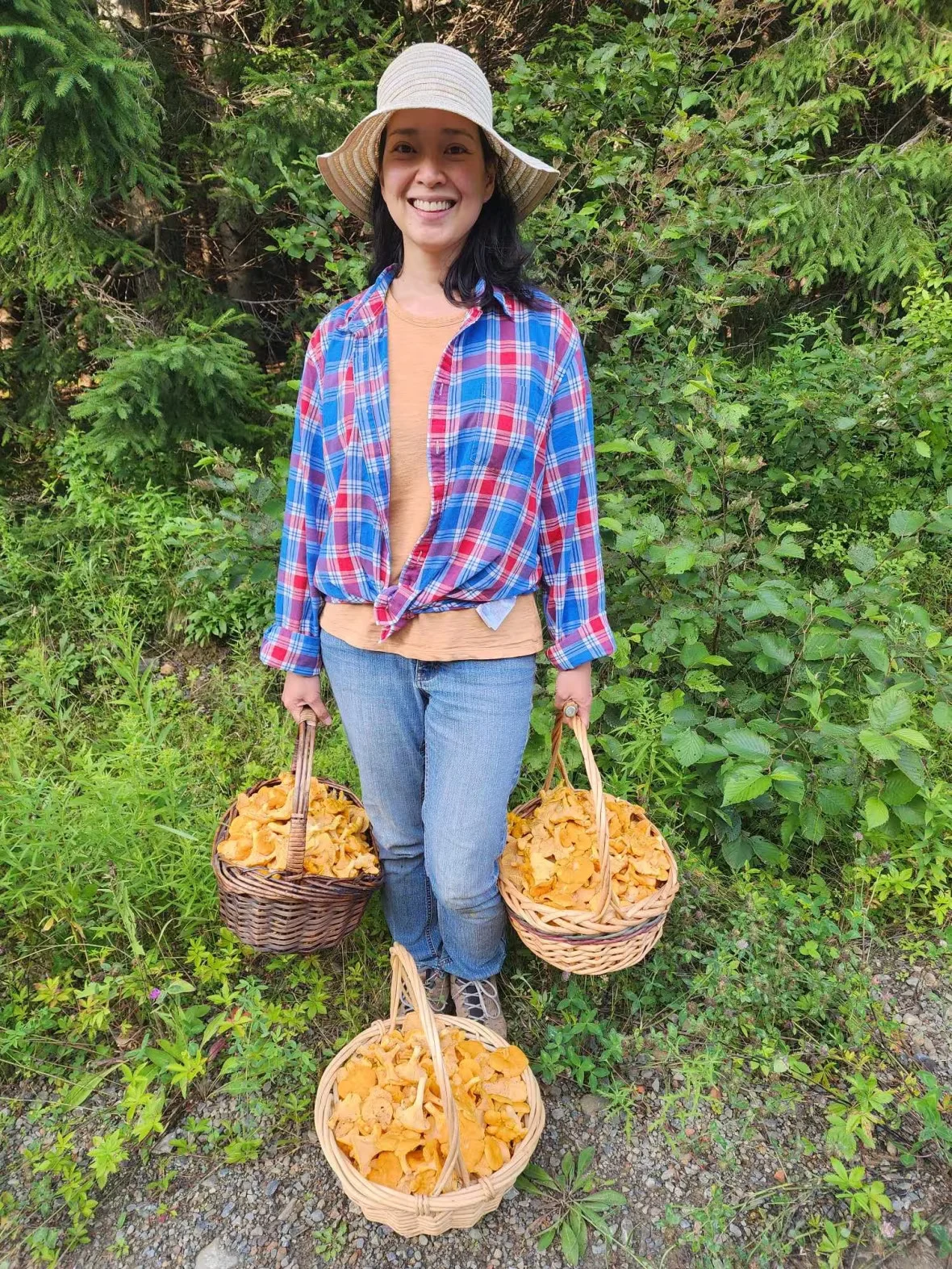
Trisha Ang and other foragers across the province are noticing a rise in mushroom growth this season. That's especially true for chanterelles. (Jason Loxton)
SEE ALSO: Mushrooms are taking over lawns in eastern Canada - an expert explains why
Few mushrooms grew amid last summer's dry conditions in Eastern Canada, Thorn said, "because the poor mushroom fungi were growing through the soil. But they couldn't. They didn't have the water to make the mushrooms."
On a regular basis, Wolpin brings home about four kilograms of mushrooms after a foraging trip, but he said it depends on how much time he spends in the forest and if his partner picks with him.
Various public parks around the province, he said, are "just brimming with chanterelles."
The public is allowed to pick mushrooms on public land. But Wolpin warns to always get a second opinion when picking mushrooms.
"You should have a healthy caution but certainly not fear," he said.
Thorn also advises that people educate themselves on which mushrooms are safe and which ones are poisonous before a foraging trip.
Excitement in mycological community
Wolpin said a "healthy jealousy" sets in when seeing pictures of the successful hauls of other foragers on social media pages like the Nova Scotia Mycological Society.
Paul Jenkins is one of those foragers.
He works for Halifax Transit and spends time outdoors at his cottage whenever he gets a chance. The water in the lake in Kings County where his cottage is located is nearly half a metre higher than usual.
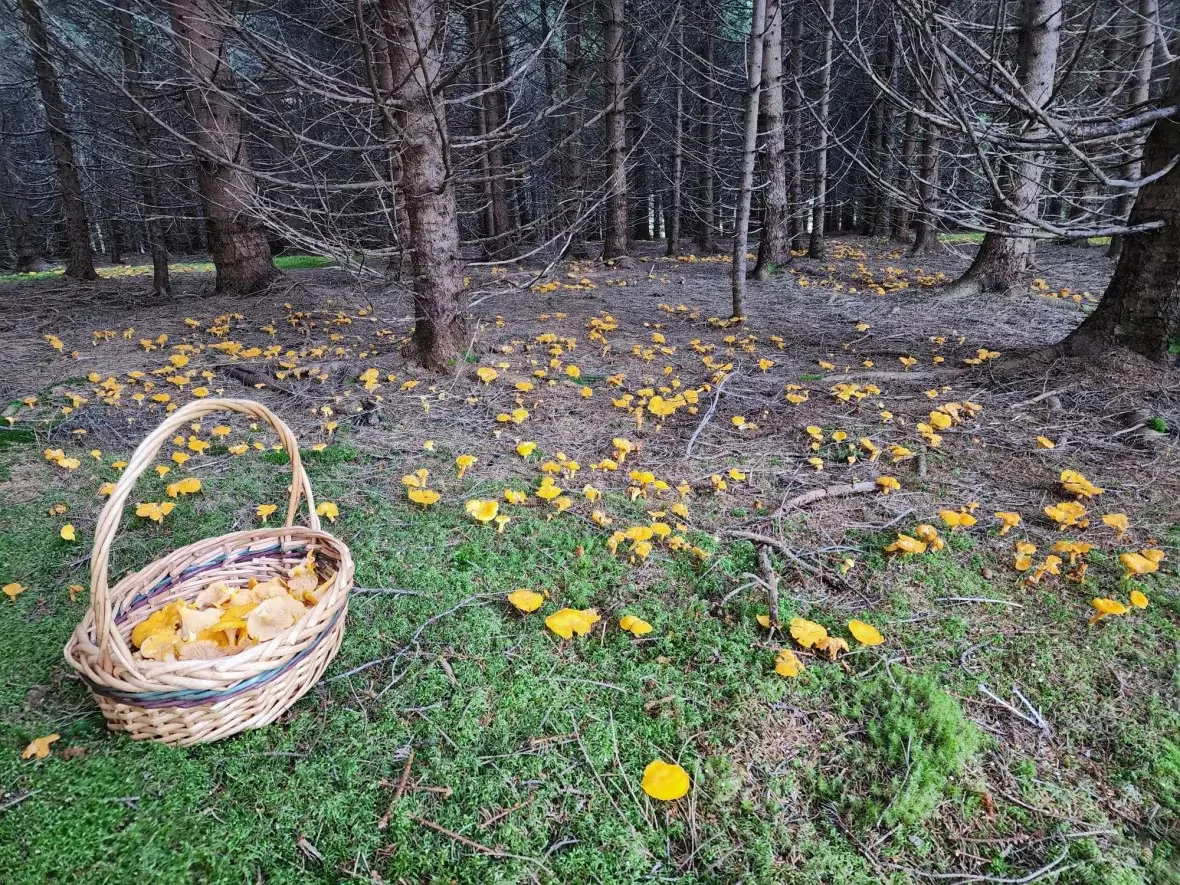
Nova Scotia's record-breaking rainfall has been beneficial for mushrooms. (Jason Loxton)
RELATED: Toxic or not? Mushroom foraging 101
"It's great for the mushrooms and other plants as well," he said. "Apart from the chanterelles, there's also lobster mushrooms and black trumpets."
Jenkins said he picked more mushrooms in one weekend this year than he did all season last year.
Looking forward
Peak foraging season is only getting started, according to Wolpin and Jenkins.
Thorn said this will only be the case if the rain keeps coming.
"In Ontario recently we've had periods of rain followed by quite warm, dry periods and that's not a great thing for mushrooms or sustained mushroom production," he said.
But with lower temperatures and higher humidity, as is characteristic of Nova Scotia, mushroom growth will flourish, he said.
He said if the rain keeps pouring relatively frequently "you'll have a really fine and spectacular, probably once-in-a-decade-or-two experience of the mushroom diversity."
Thumbnail courtesy of David Wolpin.
This article was originally published for CBC News.






